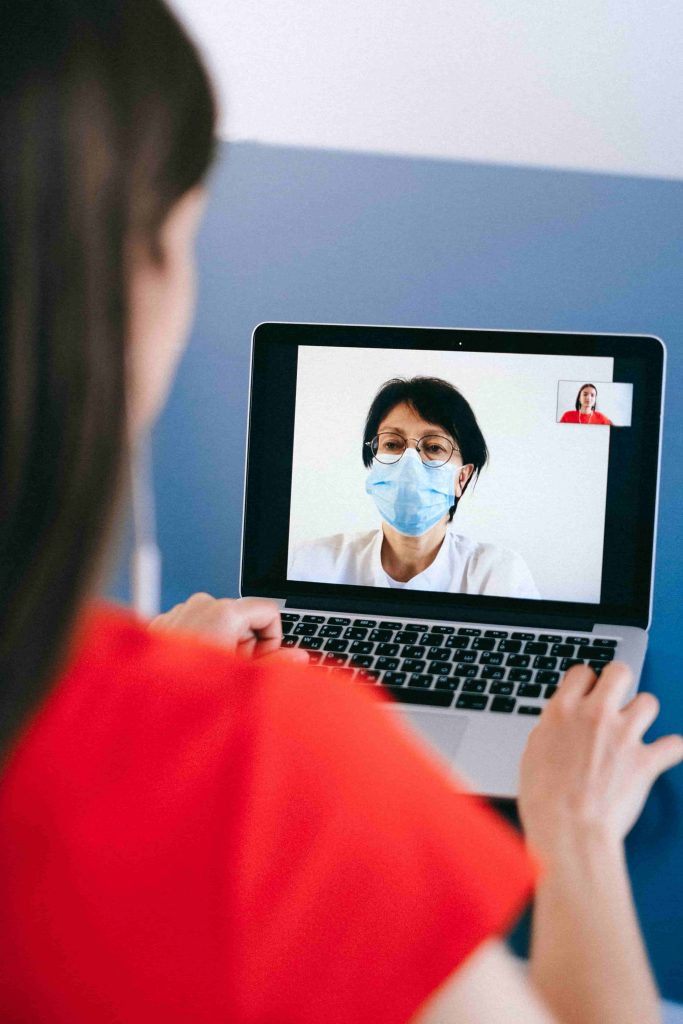
02 Aug The Impact of Mobile Phones on the Family and Psychological Well-being: A Comprehensive Analysis

Introduction:
In today’s digital age, mobile phones have become an integral part of family life, transforming the way families communicate, interact, and stay connected. While mobile phones offer convenience and numerous advantages, their pervasive presence also raises concerns about their impact on psychological and mental well-being within the family unit. In this comprehensive analysis, we delve into the multifaceted relationship between mobile phones, family dynamics, and the mental health of family members, examining both the positive and potential negative effects.
Connectivity and Communication:
Mobile phones have revolutionized family communication, allowing instant connections and constant updates. Families can now stay in touch regardless of physical distance, facilitating easier coordination and support. However, excessive reliance on mobile phones for communication may lead to decreased face-to-face interactions and intimate conversations, potentially impacting family bonding and emotional connection.
Digital Distraction and Quality Time:
The strongest point about staying in the family yet being apart from each other is the paradox of family members being physically present but emotionally disconnected due to their excessive use of mobile phones. In today’s digital age, it is increasingly common to find family members engrossed in their devices, trying to connect with people outside the family circle while unintentionally neglecting the connections with their loved ones who are right beside them. Family members may find themselves engrossed in their devices during shared meals or gatherings, leading to a decline in quality time spent together. This is creating feelings of disconnection and isolation among family members, affecting their overall psychological well-being.
Parent-Child Relationships:
The use of mobile phones can influence parent-child relationships in both positive and negative ways. On the one hand, Parents may find themselves distracted by work emails or social media feeds, missing valuable opportunities to engage with their children and understand their emotions and needs.parents can stay more engaged with their children by monitoring their activities and providing support through messaging or calls. Conversely, excessive mobile phone use by parents leads to divided attention and reduced responsiveness to children’s emotional needs, potentially impacting parent-child attachment.
Siblings sitting together in the same room might be scrolling through their phones, sharing moments with online friends, instead of cherishing shared experiences and creating cherished memories as a family.
Sleep Disruptions:
The presence of mobile phones in the family setting, especially during bedtime, can lead to sleep disruptions for family members. Late-night usage, constant notifications, and the urge to stay connected can interfere with quality sleep, leading to fatigue, irritability, and impaired cognitive functioning.
Digital Dependency:
Mobile phones can inadvertently contribute to digital dependency within the family. Family members, especially children and teenagers, may develop compulsive behavior related to their devices, leading to anxiety and distress when separated from their phones. This dependency can overshadow meaningful family interactions and leisure activities, impacting family cohesion and mental well-being.
Cyberbullying and Mental Health:
Family members, particularly children, and adolescents, are susceptible to cyberbullying through their mobile phones. Exposure to online harassment and negative interactions can result in feelings of anxiety, depression, and reduced self-esteem, affecting family members’ overall mental health. The increasing popularity of online games has led to a concerning trend where family members, especially children, and teenagers, become engrossed in gaming, sometimes to the point of neglecting their familial responsibilities and relationships.
Conclusion:
The impact of mobile phones in the family setting on psychological and mental well-being is a complex issue that warrants thoughtful consideration. While mobile phones offer convenience and connectivity, their overuse and mismanagement having negative consequences for family dynamics and individual mental health.
To optimize the benefits of mobile phones while mitigating potential drawbacks, families must set healthy boundaries for mobile phone use. Encouraging open communication, promoting quality face-to-face interactions, and establishing tech-free zones or periods can help create a balanced digital environment within the family. By fostering a mindful approach to mobile phone usage, families can nurture stronger emotional connections, support each other’s well-being, and ensure that technology complements, rather than hinders, the essence of family life.
1. Rise in Digital Health and Wellness

Earlier, there had been little dependence on digital tools for accessing health and wellness facilities but the pandemic period definitely brought light to new digital aspects in health and wellness.
For minor appointments, checkups and consultations, online platforms such as Zoom and Facetime opened doors to virtual doctor visits.
This facilitated the adoption of more number of consultations even on a busy day. Apps have further facilitated home delivery of medicines and other equipment.
AI technology and robotics will further enable assisting healthcare workers in reaching out to a larger number of patients without fearing the spread of infections and viruses.
2. Including Health and Wellness in all Aspects of Life
2020 has taught us that health and wellness must be and compulsively added to all aspects of our personal as well as professional life.
Companies must take responsibilities and strict measures in protecting and safeguarding employees.
This includes regular health check-ups, biosafety measures, sanitization stations and quarantine facilities for on-site staff works.
Work from home must be prioritised throughout the year possibly. Along with physical health factors, mental health must be considered important.
Technology plays a role here as well by providing the platform to launch self-care apps to ensure proper organization of work balanced with breaks and exercise.
3. Surge in Blockchain Information

Blockchain is simply a technological method to safeguard personal information making it almost safe to avoid cheating, stealing or hacking the system.
In recent years, health and wellness systems are extremely splintered with the database of patient information from physicians, doctors, labs and pharmacies.
Patients get the primary right over their medical and personal information. This way they are able to own, manage and monetize their information for the use of research and other purposes.
Blockchain solutions remove the middlemen and securely accelerate data sharing.
In 2021, there is expected to see a surge in applications with blockchain solutions to ensure safety and transparency of medical records leading up to extensive and useful clinical research.

4. Prioritizing Self Care
Amongst the pandemic, a lot of people have got time on their hands for self reflection and practice self care.
This includes looking after what they eat, mindfulness about what media they consume, look after their appearance, set goals and finally opt for wellbeing therapy if required.
All these actions have been popular as well as necessary for the wellbeing of our body and mind.
The interesting aspect of this trend is how it is going to benefit the retailers in the market in the upcoming year of 2021.
Self care is subjective and unique to different individuals.
This opens up vast and diverse market opportunities to create products for different kinds of customers.
This also opens up prioritization of customizations that is becoming a key for marketing.
Service sectors that include the existing demand for life coaches, health coaches, nutritionists and wellbeing coaches are being influenced with a high demand as the Health and Wellness industry has risen over $4.2 billion in 2020 according to the Global Wellness Summit.
The Takeaway
In the coming year, we are expected to see a great improvement in health and wellness sectors both in the terms of technology as well as research.
With the strike of the pandemic, one thing has been clear cut that global health and wellness has not been as efficient as it should have been.
Healthcare workers who have spent their days in vulnerable situations must not be left unnoticed, the following year must also aim for providing health facilities and resources to keep them safe.
With the uprise of insurance and technology, affordable, good quality and customer-oriented health and wellness facilities will be made possible.

